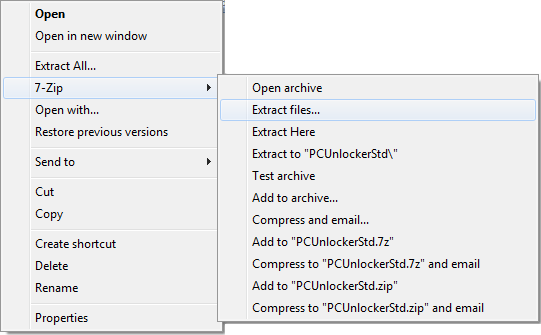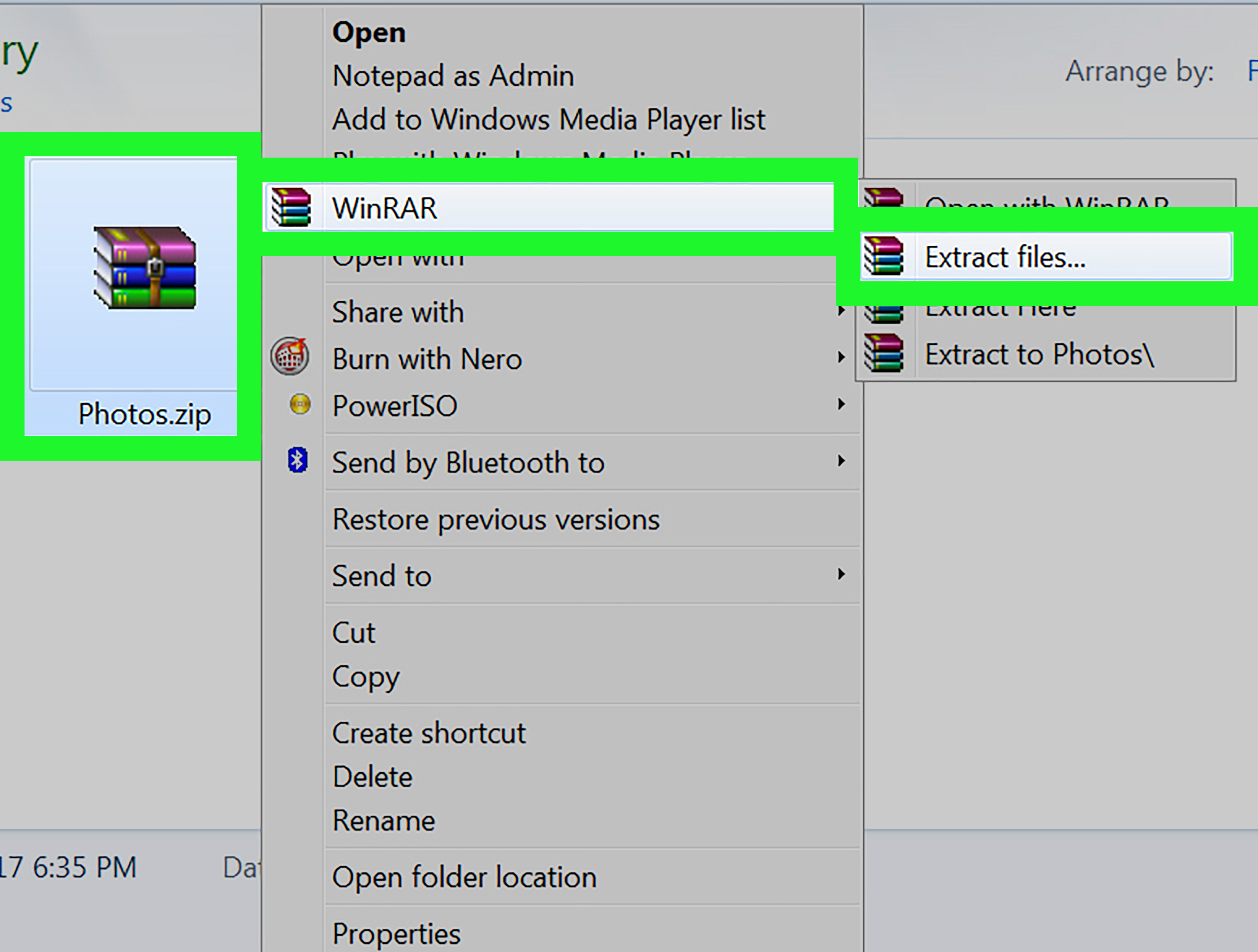
EXE installers and disc image file formats – ISO and BIN. The Unarchiver can also be used to open some Windows. The app can be used to open all major compressed formats including Zip, RAR, 7-zip, Tar, Gzip, and Bzip2 as well as older compressed file formats like StuffIt, DiskDoubler, LZH, ARJ, and ARC. The Unarchiverįor most occasions, Mac’s native Archive Utility will be sufficient but if you want a little more bunch of options when compressing files, you can opt for The Unarchiver from MacPaw Inc. You can also launch the Archive Utility by pressing the ‘Command + spacebar’ keyboard shortcut, then searching for “Archive Utility”, and pressing the ‘Enter’ key. You can open compressed files on a Mac by simply double-clicking on them. The compressed file will be saved with a. You can use the Archive Utility to compress files on your Mac by selecting the files you need to compress, Right-clicking or Control-clicking on them, and selecting the ‘Compress’ option from the pop-up menu. However, you don’t get additional options to change the compression ratio anywhere within the tool. You can change these options by opening the Archive Utility and going to ‘Preferences’.

This way, you are not required to open a separate app or preset values for compression.īy default, the Archive Utility inside Finder compresses files in ZIP format and leaves the files and archive alone when decompressing or compressing.

Not only can you summon the app from the Launchpad or through Spotlight, but the ability to compress a file into archive format is also built right into the Mac’s Finder app. Mac offers a native compressing and decompressing solution in the form of the Archive Utility that’s built right into the macOS system.


 0 kommentar(er)
0 kommentar(er)
